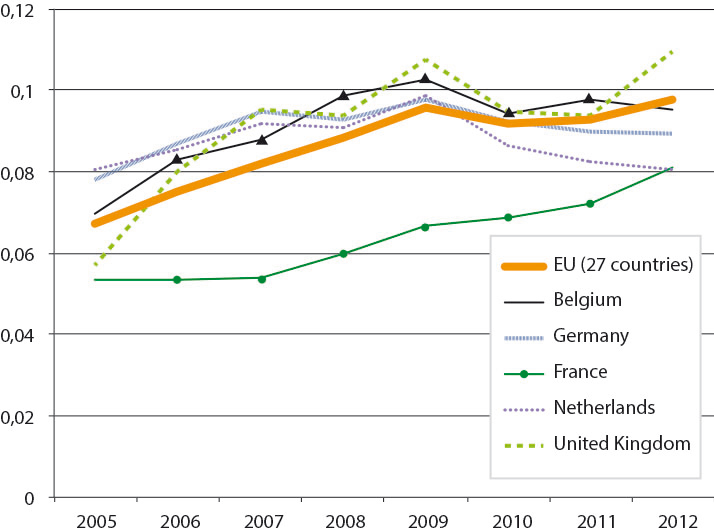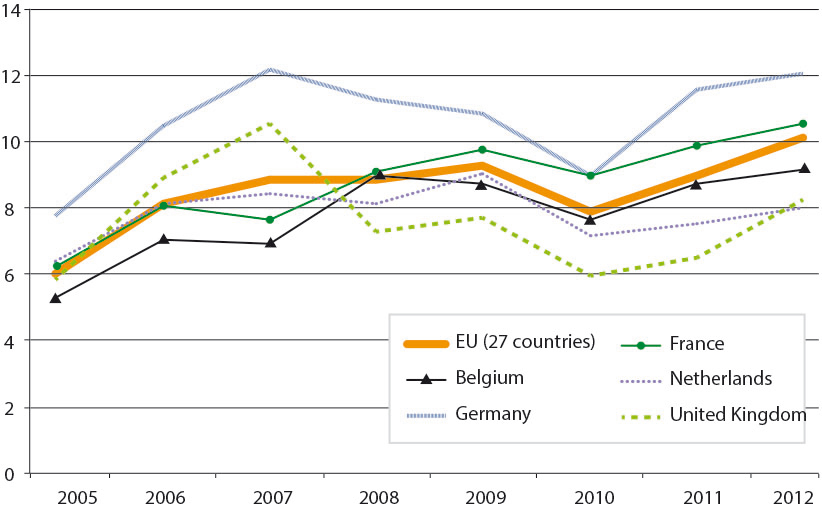Oil will become scarcer in future decades. As noted recently by the International Energy Agency (IEA), the later global decarbonisation takes place, the sooner oil prices will increase. The evolution of oil prices in recent years – together with the great variability in the demand and supply of energy – causes extensive price volatility. This volatility can suddenly increase or decrease over a short period. Such variability in energy prices increases the difficulty of managing and anticipating the future energy bill for transport operators and authorities.
Ticket to Kyoto partners have faced significant energy cost increases over the last few years. This situation has had direct impacts on their activities, due to resulting financial pressures. Moreover, tackling climate change requires a dramatic drop in energy consumption across Europe if it is to meet its carbon reduction targets. These economic and environmental issues have created a challenging situation for transport companies and action must be taken now to mitigate its effects.
Electricity prices
Fig. 10 – Evolution of the electricity prices for industrial consumers between 2005 and 2012 (EUR/kWh) (EUROSTAT)
Electricity prices for industrial consumers have risen considerably over the last few years. The European average price per kWh increased by 45% between 2005 and 2012, rising from €6.72 c/kWh to €9.76 c/kWh. The situation is slightly different in each country, but a common trend is clearly noticeable. This situation is particularly critical for large public transport companies operating several metro and tram lines, impacting on their operational costs.
Gas prices
Fig. 11 – Evolution of the gas prices for industrial consumers between 2005 and 2012 (EUR/Gigajoule) (EUROSTAT)
Gas prices have followed an increasing curve over the last few years, although they have increased relatively less than the prices for electricity. A significant drop can be observed in all European countries in 2010. However, the overall trend is clearly upwards and impacts the heating costs of large buildings such as offices, depots, workshops and stations.
Fuel prices
Fig. 12 – Evolution of the automotive diesel oil prices between 2005 and 2012 (EUR/litre) (EUROSTAT)
As far as automotive diesel prices are concerned, all European countries have been facing the same upwards trend, with prices increasing to more than 1.4 €/litre in 2012 compared to 1 €/litre in 2005. The costs of operating large bus networks are directly linked to the fuel price, so this rapid increase has been difficult to manage for transport operators and authorities. Fuel prices have shown a high degree of volatility, which means that transport companies are exposed to large financial and operational risks.
